It's problem from the book:
"Computational Geometry: Algorithms and Applications", Springer-Verlag.
Given two simple and disjoint polygons P and Q, where P lies strictly to the left of Q, computes the first points on the polygons that will collide if P is translated horizontally and in the positive x-direction, or determines that they do not collide.
I have a quadratic solution, but it should be O((n+m) log(n+m))

